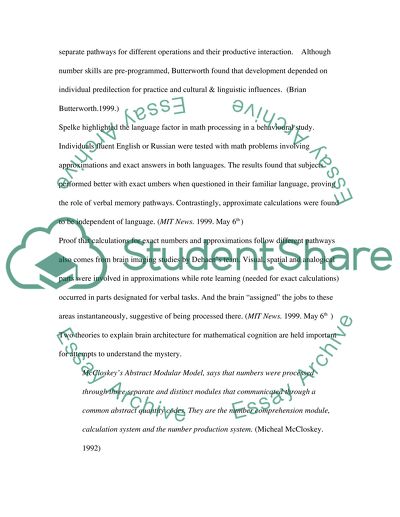Cognitive And Neuropsychological Models Of Mathematical Processing Essay. Retrieved from https://studentshare.org/miscellaneous/1506484-cognitive-and-neuropsychological-models-of-mathematical-processing-have-advanced-our-knowledge-of-how-we-do-mathematics
Cognitive And Neuropsychological Models Of Mathematical Processing Essay. https://studentshare.org/miscellaneous/1506484-cognitive-and-neuropsychological-models-of-mathematical-processing-have-advanced-our-knowledge-of-how-we-do-mathematics.


